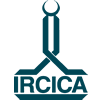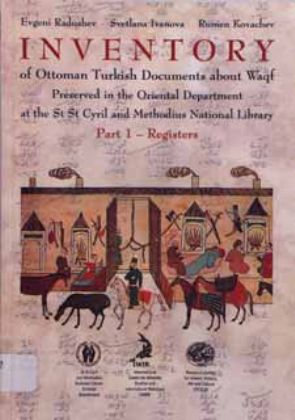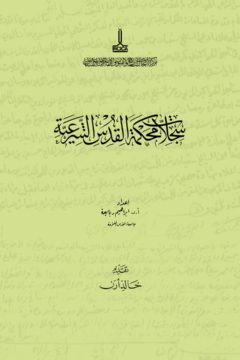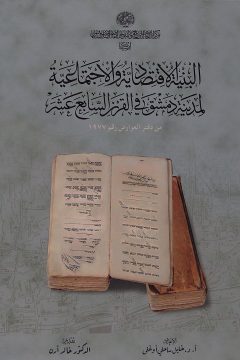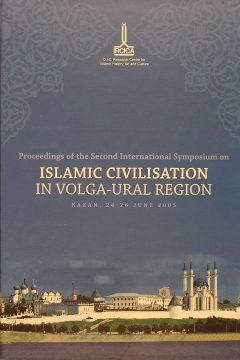Prepared by Evgeni Radushev, Svetlana Ivanova, Rumen Kovachev
Sponsored by IRCICA, International Centre for Minority Studies and
Intercultural Relations (IMIR), Sofia, Bulgaria 2003
IMIR, 2003
364 p.
This inventory was compiled owing to the joint efforts of three senior researchers Evgeni Radushev, Svetlana Ivanova, and Rumen Kovachev. They carried our the study for the present inventory by focusing on the registers and series of waqf documents compiled in the form of destes or quires of documents and two specialized kadı waqf sicills. The single documents, which Prof. L. Fekete calls “loose sheets” will be included in a second volume of the Inventory. A detailed annotation is given for each archival unit that is listed. The data contained in the registers informs us especially about the location of the land waqfs in the Balkans and Anatolia, their founders, the types of waqf properties, toponyms and onomastics, the salaries of waqf functionaries, market prices and the enterprises of various waqfs, depicting a detailed picture of the Ottoman Empire and providing information about problems which have not been formerly dealt with. This inventory includes 472 documents only from the funds of the Oriental Department at the National Library in Sofia. They are written primarily in Ottoman, while several archival units are in Arabic. Chronologically they range between the 15th and the 20th centuries. The documents are arranged in a chronological order.
This volume contains an index of the personal names of the founders, trustees of waqfs as well as some of the officers. The biographical information is significant for local history as well as the “inner” history of the empire. This index also contains short lives of military commanders, religious functionaries, sultans’ wives, eunuchs, etc. The index of geographic places identifies Ottoman and modern names of villages and mahalles. Then come the subject matter index and the glossary of terms. The glossary includes useful information for all researchers of Ottoman history.
The present inventory sheds light upon one of the significant subjects of Ottoman social and economic history on the basis of first hand archival documents.
